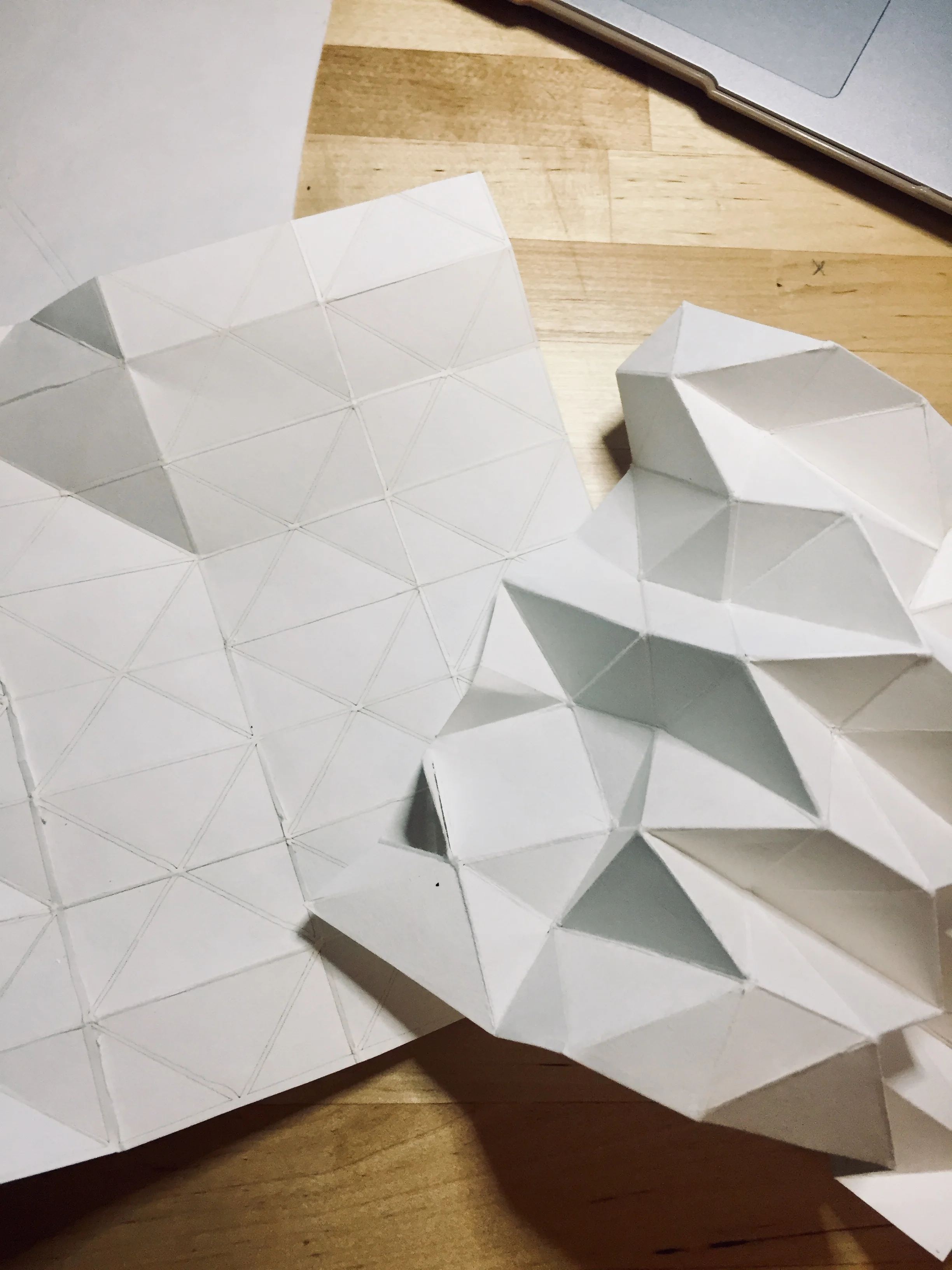Attemps, Failures, Trials and Errors exhibition in Bucharest
The second edition of the "ATTEMPTS, FAILURES, TRIALS AND ERRORS" project, initiated by Tincuta Heinzel and Hillevi Munthe is presented between February - March 2018 at "Salonul de Proiecte" in Bucharest, Romania.
Exhibition documentation: https://www.flickr.com/photos/heinzelmenschen/sets/72157666073147048
Concept as it appears in the project's website:
"Within the realm of electronic and smart textiles there have been promising technological investigations, which never quite managed to reach their potential. However, despite these disappointments, industrial and academic research, as well as artistic inquiry, continue to explore the possibilities of electronic and smart textiles. Rather than presenting this endeavor as “the next big thing’, the “Attempts, Failures, Trials, and Errors” project seeks to understand the various stages of projects’ developments, to explore forgotten attempts and perspectives, less successful paths, and less mediatized wearable technologies and e-textiles projects."
Afroditi Psarra' s "FM transmitting sweatshirt" prototype realized in January 2018 forms part of the exhibition.
Wearable FM transmitter
Below are the submission guidelines and the information about how this specific project failed:
- Describe the context (art/design/academia/other) of your project (required, maximum 500 characters)
The submitted prototype "FM transmitting sweatshirt" was conceived in the context of the second edition of the ICAS (International Conference of Artists-Scholars) conference, as part of the collaborative project "5-way Sensing Flaneur", between artists Afroditi Psarra, Astrid Kaemmerling, Emilie St Hilaire, Gabriel Alejandro Peña Tijerina and Deepa Mahadevan, that was presented at the Institute for Integral Studies (CIIS) in San Francisco on January 2018.
- Was there a specific framework for your project? Was it aimed to a specific call, exhibition or other defined frame? If yes, what kind? (required, maximum 500 characters)
The above collaborators met on Jan 2017 at the first edition of the ICAS conference and after spending almost four months on Skype meetings about what their collaboration would look like, they tried to combine their respective artistic practices - e-textiles, walking art, transparency and reflection in architectural space, research-creation methodologies and performance art. The prototype presented here was born as an idea of this collaboration.
- What was the motivation for your project? (required, maximum 500 characters)
During the conference, the above collaborators presented a public intervention and performance that included a walking action around the conference venue and a performance in CIIS lobby. The submitted prototype was to be used by the artist to transmit a live feed of the walking action from the streets (urban sound ecology, augmented EMF sounds, dialogues and spoken word) to enact a dance performance inside the gallery space.
- Give a short description of your project (required, maximum 500 characters)
The prototype presented at this call is a wearable long-range FM transmitter. It explores rapid fabrication soft-circuit techniques that would permit the user/public to broadcast live over radio a sonic representation of their surrounding environment; and aimed to contribute in the discourse of using the human body as an interface to translate and transmit its sensory experiences. It was devised to be utilized during the Women's March that took place on Sat, Jan 20th 2018 in San Francisco.
- How did the project fail?
technical failure
The failure consists in not being able to tune the FM transmitter in a desired frequency in the FM radio band, even though the components appear to be well connected and functional.The most plausible scenarios are:
- The handmade coil hasn't got the desired inductance of 0.1uH, thus the transmission frequency is out of range.
- The circuit includes a trimmer capacitor that has to be tuned using a non-conductive screwdriver, which I didn't have. The conductive tip changes the tuning frequency.
- Describe how you failed, the reason you think you failed, what you have learned and what you would do differently from today’s perspective. (required, maximum 500 characters)
The prototype was produced two days before the ICAS conference, and the tight time-frame didn't permit to solve what went wrong. The circuit's malfunction caused feelings of despair, and it was very quickly decided to be put aside and focus on other technical aspects of the collaborative project that was presented. This error, as many others before it enhanced my understanding of the technical aspects of radio transmitting circuits, and troubleshooting it can only further my work and research.
- If you have interests in e-textiles and digital materialities, tell us what make them an interesting subject that matters to you? (maximum 500 characters)
500 characters will not be sufficient for me to explain that, but summing it up:
- Its affinities with traditional handicrafts.
- Its technical challenges in both conceiving and fabricating soft-circuits.
- Its performative aspect and the relation it holds with the human body and clothing as a second skin.
- Experimenting with new ideas, tools, methodologies
- Its educational aspect and the consequent democratization of technical objects and tools.
- DIY, DIWO and the e-textile community.
- Which aspects should be given more importance in the future developments of e-textiles and digital materialities? (maximum 500 characters)
I want to think of e-textiles as artifacts and experiences. I think that as practitioners we should emphasize is the dissemination of the field in a way that will permit it to evolve naturally, and maybe form part in future cultural and scientific constructs - whether we are talking about tradition, handicrafts, arts, design, or even open-science. Thus, emphasize in its educational aspect and see it as a tool to produce meaningful artifacts.
FM transmitter circuit schematic
First breadboard version
wool felt prototype
FM transmitting sweatshirt prototype during "failed tuning process"








